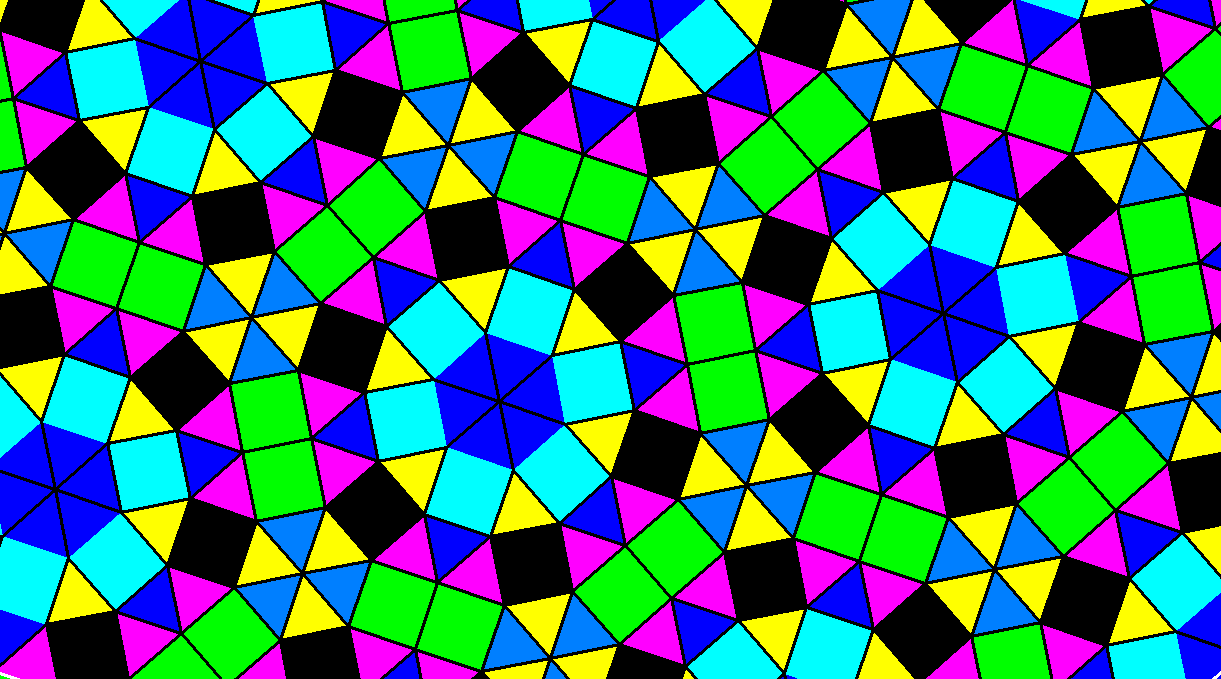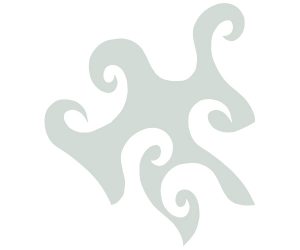
Print these out and use them to demonstrate different transformations (translation, rotation and reflection) and to explore the line, rotational and total symmetry of figures.



ones that could be included on tivaevae, culturally significant symbols, brand logos, block letters).
Collect, or get the students to collect, a variety of relevant images (e.g. Knowledge of circles (perimeters, area and surface area) can be applied to create nets for cylinders. Tivaevae and other symmetric patterns can be described using lines of symmetry and rotational symmetry. Translations, reflections and rotations can be used to create friezes and Escher type tessellations. Use the following activities to explore students' understandings of the following concepts:. Using their knowledge of the nets of pyramids to create a fabric door stop. Using their knowledge of circles, including surface area of cylinders to create a cylindrical fabric object e.g. Creating geometric designs to transfer onto fabric as part of making a bag or for decorating a t-shirt or similar. Emphasise that all projects will require students to use their mathematics and technology knowledge and skills to create the final product. You might show students some examples of outcomes that have been developed from previous iterations of this unit. Introduce the unit and tell students that they will take part in three projects. It is intended that it would take two to three lessons to complete. This knowledge is applied to the creation of tivaevae inspired designs. This session introduces the topic and then focuses on exploring line, rotational and total symmetry. It is also expected that any session may extend beyond one teaching period. Whilst this unit is presented as sequence of 7 sessions, more sessions than this may be required. You should also consider inviting students to share patterns and friezes that are relevant to their diverse cultural backgrounds. You could also encourage students, who speak a language other than English at home, to share the words related to transformation that they use at home. Te reo Māori kupu such as rōpinepine (tesselate, tessellation, tiling, mosaic), neke (translate), huri (rotate), and whakaata (reflect) could be introduced in this unit and used throughout other mathematical learning. Motivate students to add a new, undiscovered frieze to the class display. displaying the work of students as models for others. altering the complexity of shapes students are asked to use in their transformations. The difficulty of tasks can be varied by: providing opportunities for students to work collaboratively in partnerships, and to share and justify their ideas in small groups, and with the whole class. as written work, annotated diagrams, video diary, slide deck) 
providing opportunities to record mathematical ideas using multiple means of action and expression (e.g.providing extended opportunities for students to explore mathematical ideas and practices.working alongside individual students (or groups of students) who require further support with specific areas of knowledge or activities.directly modelling examples of transformations.providing physical manipulatives, regular polygons, or online tools (many are available), so that students can experiments with the transformation of different shapes.The learning opportunities in this unit can be differentiated by providing or removing support to students, and by varying the task requirements. Ways to differentiate include:








 0 kommentar(er)
0 kommentar(er)
